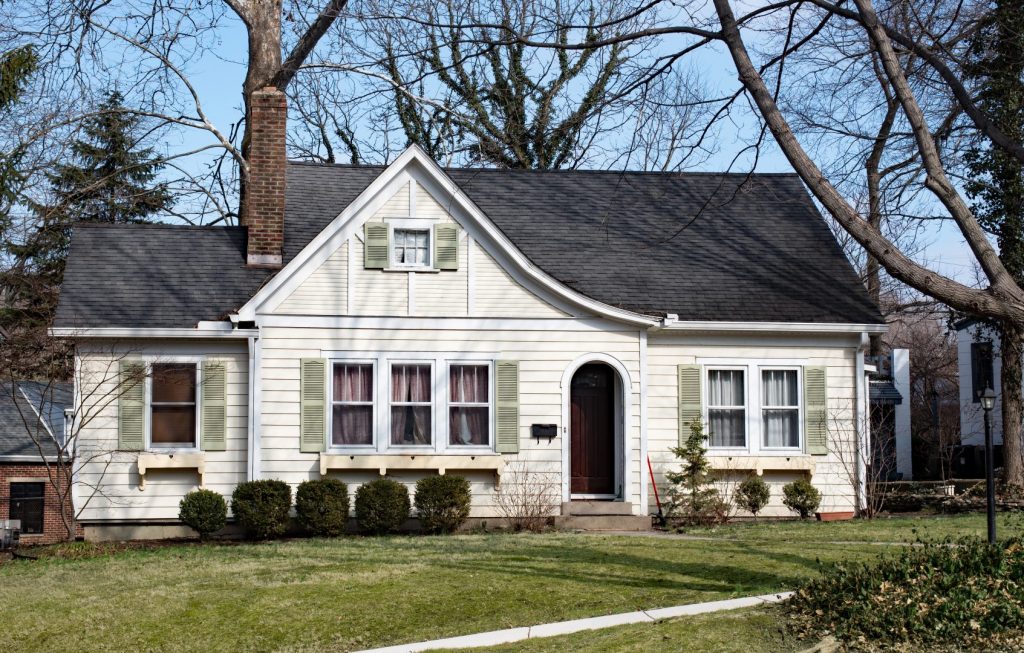
Residences come in all sizes and ages, from homes built a century or two ago to ones being completed now, and they offer a variety of features and sometimes challenges for the people occupying them
As great as aging in place is as a strategy for people to remain in their present homes and to eliminate one of life’s classic challenges of finding suitable shelter for ourselves, there is nothing that dictates the type of dwelling people must have as they occupy their forever homes. Nor is there any requirement that they make any formal declaration or statement about their intent to remain living in that current home long-term.
There simply are no rigid rule that must be followed or adhered to – observe them and the dwelling is aging in place recognized, forego them and no such benefits attach. The great thing about aging in place is the act of remaining in one’s home and not the quality of that home or one’s ability within in. We would like for everyone to enjoy a strong, thriving lifestyle with complete safety, access, and mobility within their homes, but until all of us actually are able to address every single dwelling, some homes are going to come up short in quality.
However, even if a home does not measure up to what we would desire for someone to have, and even if the occupants have not outwardly or intentionally stated that this is their forever home, it doesn’t diminish what that home actually represents to them. This is their permanent, long-term, forever, or aging in place home just as if they had gone out and selected it with this expressed purpose in mind.
There are no forms to complete online, in-person, or by mail to file with any governmental or regulatory agency or office that declares one’s home to be a long-term aging in place residence. There are no specific tax advantages or any other such benefits that so accrue. A person simply indicates their desires to age in place in their current home – intentionally or passively by default (as in just continuing to live there without making any effort to change that) – and then proceeds to reside there. That’s it. Extremely simple and uncomplicated!
Clearly, some homes are better suited for people to occupy long-term than others – and for that matter, at any age a person has attained along the way. Obviously, some homes present severe challenges. We may never get the opportunity to review, comment on, or be invited to remedy those homes that present obstacles or challenges to their occupants because those residents are too busy living in them to notice any deficiencies. Also, they may have adapted so well (or as well as they can with what they have) to their living environment that they are unaware that things could be better for them.
People may grumble about (or just accept them as the way it is) but not know how or even that steps into their home can be changed or possibly eliminated, that narrow hallways and doorways can potentially be widened, that door and cabinet hardware that is small or difficult to use can be changed out to something more appropriate, that better and more efficient lighting can be installed, that safer flooring can be used, and that many other commonly addressed areas of a home can be theirs – even without a large investment.
As aging in place specialists, we would hope that people become informed of what they can have and then allow us to assist them in making their homes more suitable for them. However, we know there simply are too many homes and not enough of us to go around.
The bottom line for aging in place for the people remaining in their homes is that there are no enforceable rules or guidelines to make this process uniform, safe, comfortable, or equitable. Each home is different as are the needs and abilities of those residing within them.
People can just continue living in their homes without even recognizing that they are aging in place and therefore not doing anything special to enhance their lifestyles or the quality of their living environment. There are so busy just living and focused on dealing with the various issues in their lives that looking at their dwelling becomes secondary to everything else. They largely have accepted what they have. It may be so far down on their list of priorities – because they do have a roof over their heads and four walls to provide shelter (even if there are some shortcomings in the structure and that it could be greatly enhanced with our help).
Some people are going to age in place and do quite well within their homes – befriending their homes as an ally as they continue to remain in them. Others are going to have a more stoic approach – their homes are just there and they are rather indifferent to what they are facing in them. They may not know that anything can be different or better, or they may have too many other concerns (family, health, or other issues) to have the quality of their home be a high priority. In short, there are no rules as to how someone needs to go forward.
